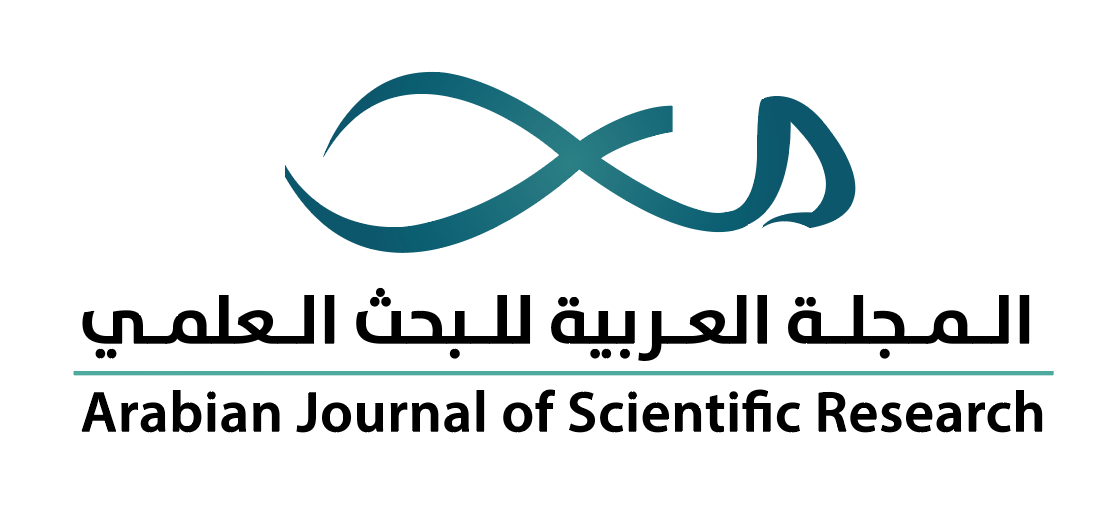-
oa دور المدينة الذكية في تعزيز قدرة المناطق الحضرية على مواجهة الكوارث الطبيعية
- Source: Arabian Journal of Scientific Research-المجلة العربية للبحث العلمي, Volume 5 (2024), Issue 2, Oct 2024, 10
-
- 09 June 2024
- 02 September 2024
- 31 October 2024
- Previous Article
- Table of Contents
- Next Article
Abstract
الملخص
بسبب اشتداد الأخطار الطبيعية المرتبطة بتغير المناخ والتوسع الحضري السريع، تواجه العديد من المدن سؤالاً حساساً، وهو: كيف يمكنها أن تواجه بسرعةٍ التحديات الهائلة وغير المتوقعة في سياق نقص الموارد؟ وتتطلب التحديات الجديدة تكييف البنى التحتية الحضرية والتنظيمات الاجتماعية والاقتصادية مع مستويات من المخاطر تتجاوز تلك التي صُممت المدينة من أجلها. وتتطلّب الاستجابة لهذه التحديات الجديدة تطوير مفاهيم وأدوات جديدة لتعزيز قدرة المدن على مواجهة المخاطر الطبيعية المتزايدة. ويعرض هذا المقال مفهومين حضريين قويين يمكن أن يساعدا في تهيئة المدينة لمواجهة اشتداد المخاطر الطبيعية: المدن المرنة والذكية.
يشرح هذا المقال كيف يمكن لمفهوم المدينة الذكية أن يعزِّز قدرة المدن على الصمود في مواجهة المخاطر الطبيعية. ويبين أن الجمع بين البيانات المتعلقة بالمدينة والبيانات المتعلقة بالكوارث الطبيعية يمكّننا من فَهمٍ أفضلَ لاستجابات النظم الحضرية للأخطار الطبيعية، وتحديد أوجه الخلل، واتخاذ التدابير اللازمة لتعزيز قدرة المدن على الصمود.
Faced with the intensification of natural hazards linked to climate change and massive urbanization, many cities face a delicate question: how can they rapidly cope with enormous, unexpected challenges in the context of resource tension? The new challenges require urban infrastructures and social and economic organizations to adapt to levels of risk beyond those for which the city was designed. Responding to these new challenges requires the development of new concepts and tools. This article presents two powerful urban concepts that can help prepare the city for the intensification of natural hazards: resilient and smart cities.
This article explains how the smart city concept can enhance cities’ resilience to natural hazards. It shows that combining data on the city with data on natural disasters enables us to better understand urban systems’ responses to natural hazards, identify malfunctions, and take the necessary measures to strengthen urban resilience.


